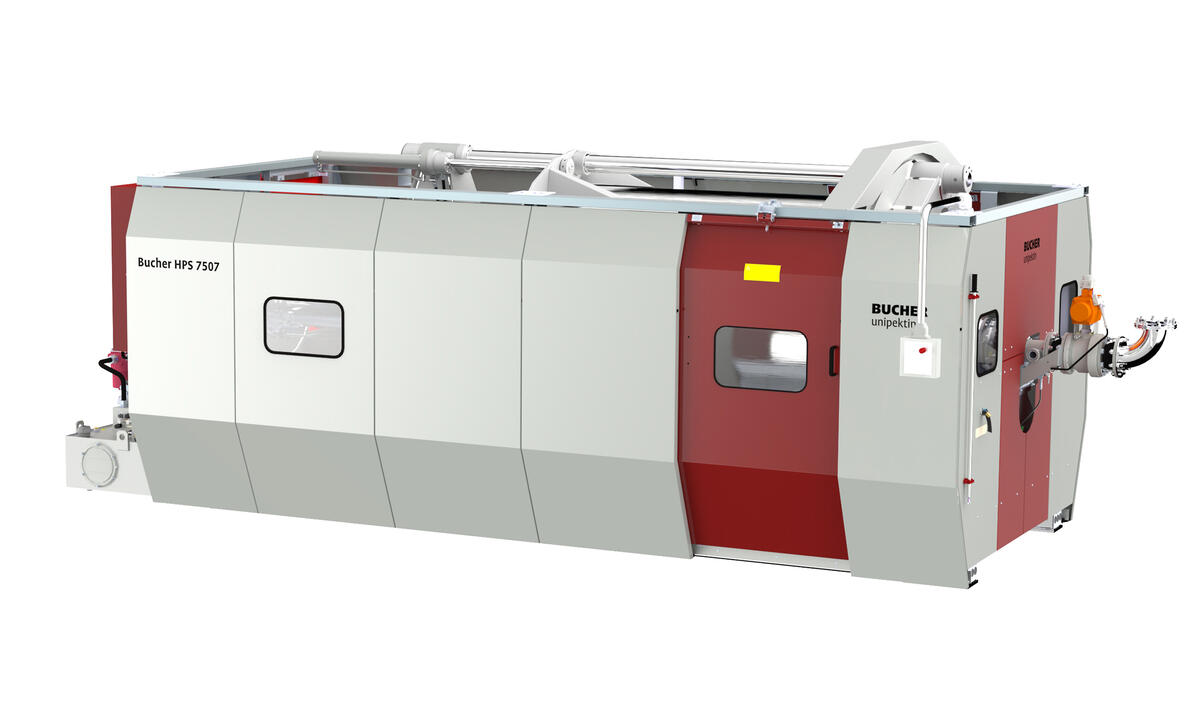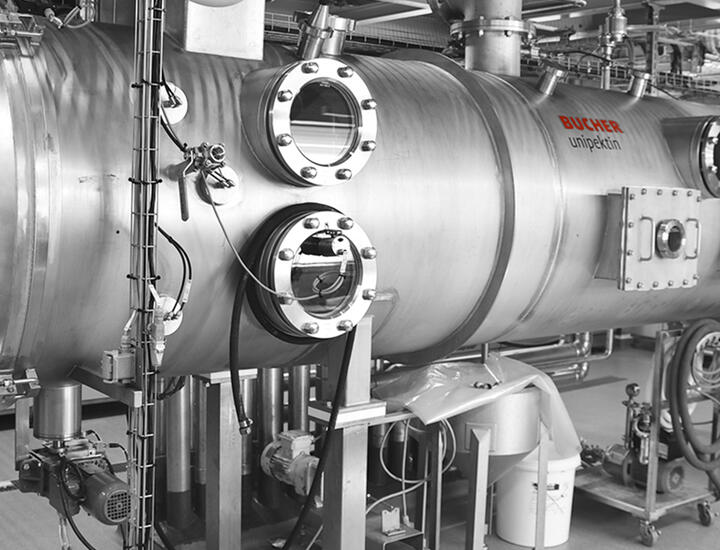Abwasserfiltration
Abwasserfiltration für die Textilindustrie.
Traditionell wurden zur Trennung von Feststoffen und Flüssigkeiten Vliesstoffe oder Gewebe aus tierischen oder pflanzlichen Fasern verwendet. Seit einigen Jahrzehnten werden jedoch auch synthetische Fasern verwendet.
Bei der klassischen Filtration baut sich auf der Filteroberfläche ein Filterkuchen auf, der je nach Durchlässigkeit des Kuchens den Durchfluss des Filtrats verringert. Eine solche Kuchenstruktur muss oft aufgebaut werden, um ein klares Filtrat zu erhalten. Leider ist die Filtration von schleimigen Produkten wie Proteinen, polymeren Kohlenhydraten oder Mikroorganismen mit diesen klassischen Filtrationsmethoden meist recht aufwändig oder gar unmöglich.
Bei der Querstromfiltration durchdringt das Filtrat heute quer zur Fließrichtung eine poröse Wandschicht. Das entscheidende Merkmal der Querstromfiltration ist die hohe Strömungsgeschwindigkeit über der Filteroberfläche, die den Aufbau einer Kuchenschicht verhindert. Mit der Querstromfiltration können feine anorganische Partikel von nur wenigen Mikrometern in einem niedrigviskosen Lösungsmittel abgeschieden werden.

 Schweiz
Schweiz  Polen
Polen 
 Tschechien
Tschechien  Deutschland
Deutschland 

 Spanien
Spanien 

